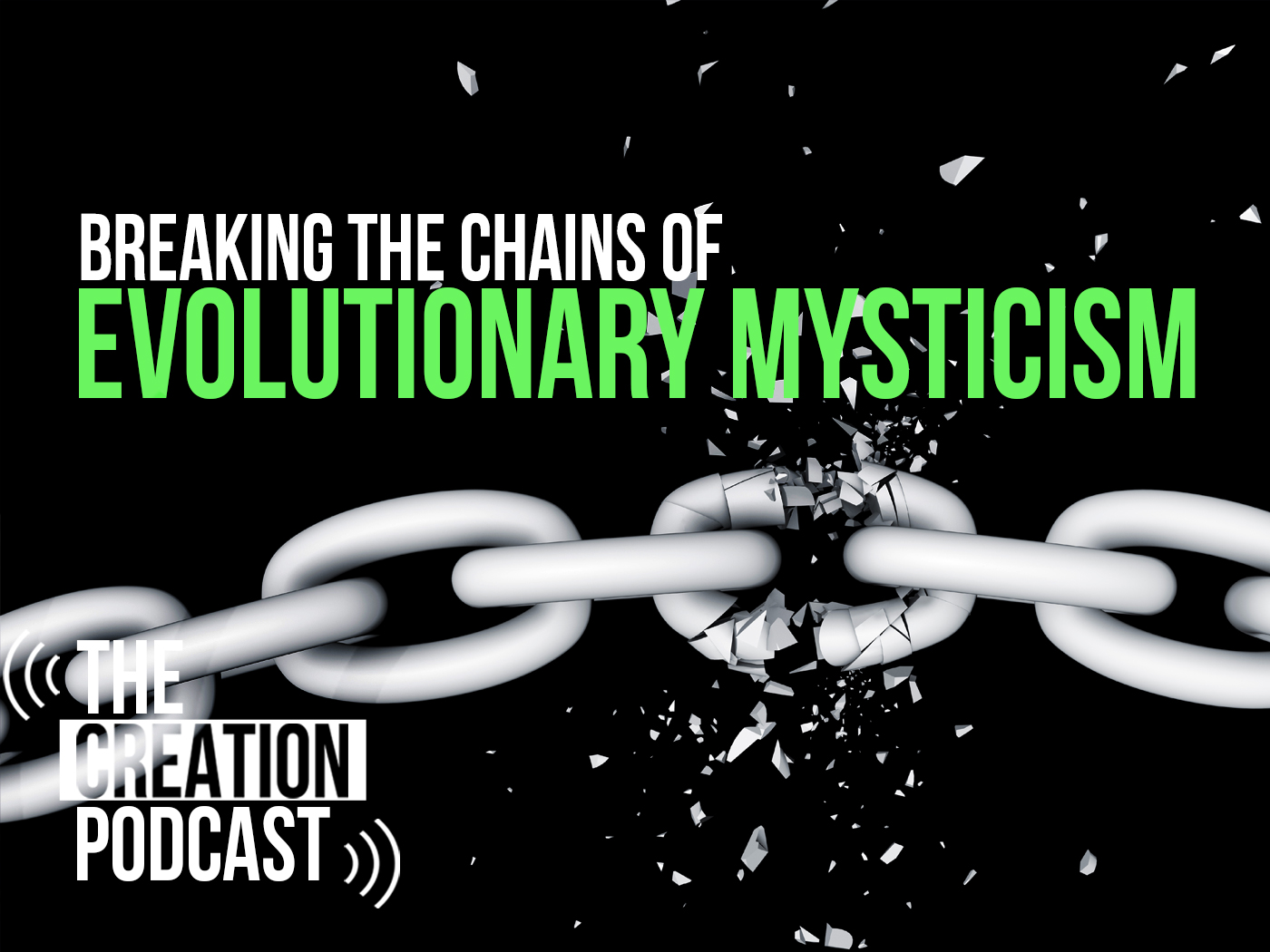Unlike animals, we communicate all kinds of information with our eyes. One subtle glance might express doubt and another joy, all without a word. How did we get this way?
Evolutionary psychologists take Charles Darwin’s answer seriously. Supposedly, artful eye expressions evolved from primates that had no eye expressions. When psychologists from Cornell and the University of Colorado in Boulder presented their research results about eye expressions, they dragged up some evolutionary baggage. The journal Psychological Science carried their 2017 report.1
The researchers asked study participants to match 50 words, each describing a mental state like curious or bored to one of six eye-based expressions: sadness, disgust, anger, joy, fear, or surprise. Different participants matched the mental states to similar expressions, showing they can discern those six basic emotions from the look of the eyes alone—even when the rest of the face didn’t match the eyes’ expressions.
Next, they tested the hypothesis that our own eye expressions affect how we perceive others’ eye expressions. For example, wide eyes enhance viewer sensitivity, whereas narrowing our eyes helps us discriminate particulars. Participants often categorized mental states related to sensitivity with wide-eyed expressions, and they associated mental states involving discrimination with narrow eyes. So far, so good.
But then the researchers began crafting stories about how eye expressions began. The Cornell University Press Release said, “We interpret a person’s emotions by analyzing the expression in their eyes—a process that began as a universal reaction to environmental stimuli and evolved to communicate our deepest emotions.”2
So, some supposed evolutionary ancestor began to perceive another’s emotional state first by observing their wide or narrow eyes, then by associating those eye widths with how they themselves felt when their own eyes were narrow or wide. Then other, more-complicated, emotional links supposedly emerged.
But this speculation imports some unmentioned problems. First, humans discern eye width and narrowness by noticing the amount of the whites in the eyes, called sclera. But apes have no visible sclera! How could any supposed ape-like ancestor notice or mimic a feature that didn’t exist?3
Second, this evolutionary story leapfrogs the mechanical and informational requirements for discerning any emotion from eye expressions. One must first be able to precisely alter the shape of one’s eye, and that means new muscles. Humans have about 50 separately controlled facial muscles. We routinely use many of them to express emotions. Gorillas, like other apes, have fewer than 30 muscles in their faces.4
And even if some supposed ancestor had an extra set of eye muscles, it would do them no good without the nerves to properly connect those muscles to the informational signals that specify when, how far, and how long to stimulate each muscle.
The last problem with this evolutionary scenario may be the most obvious for those with eyes to see it. Scientists have not seen evolution make a new muscle and nerve kit. Nor have they seen evolution make the new information needed to stimulate that muscle at just the right time to convey new emotions, let alone the acute mental programming that notices and interprets those emotional eye signals in others.
Psychologists who believe that eye expressions evolved from an ape-like ancestor face difficult problems. They need to show how natural processes could craft an all-or-nothing eye expression system. No aspect of this system would work without visible sclera, muscles, nerves, and the intricate mental capacities needed to manage them and interpret emotions in others’ eyes. We have all these integrated features in place as though someone put them all there. They allow us to communicate on a uniquely human level—a level of emotion we share with our Creator.5
References
- Lee, D. H. and A. K. Anderson. 2017. Reading What the Mind Thinks From How the Eye Sees. Psychological Science. 28 (4): 494-503.
- Osgood, M. Eye expressions offer a glimpse into the evolution of emotion. Cornell University Press Release. Posted on mediarelations.cornell.edu April 17, 2017, accessed April 18, 2017.
- And why would that supposed ancestor evolve visible sclera unless and until it knew in advance that eye whites would open a new dimension to interpersonal communication, all while evolution supposedly proceeds blindly?
- See references in Burgess, S. 2014. Overdesign in the human being with a case study of facial expressions. Journal of Creation. 28 (1): 98-103.
- "So Jesus had compassion and touched their eyes. And immediately their eyes received sight, and they followed Him” (Matthew 20:34).
*Mr. Thomas is Science Writer at the Institute for Creation Research.
Article posted on May 8, 2017.














